Beyond the Wall: the Collisions of Conflict
Jerusalem of Gold, a City that Bleeds Milk and Honey
Since the dawn of my existence, I have been told of the City of Gold. Jerusalem: a place where the Jewish people could exist and thrive together in unity and peace. The words of praise to Jerusalem were spoken to me time and again throughout my youth. Next year in Jerusalem, God willing! The dangers of preconditioning were slowly seeping in to my malleable 8-year old mind and I began to have a vision of the holy city.
A vision of a place where the rivers flow with milk and honey, a land where the almond tree blossoms dot the plentiful landscape, a home with open doors and open hearts. And when I finally had the chance of visiting the land of milk and honey, I felt the unparalleled joy of seeing Hebrew on street signs, purchasing falafel on Ben Yehuda Street, walking on the same desert rocks that my ancestors walked upon in biblical times. Yes, Israel was paradise.However, one prominent feature of the Israeli landscape that preaching Hebrew teachers had failed to mention was the grey, 11-meter high scar that dramatically cuts into the country. What lay beyond the wall was a mystery, an untold place watched by cameras atop surveillance towers. Upon returning from this first encounter with my idealized home nation, I sought to understand more about what looked like a massive prison in Israel’s backyard.
So I read, and I listened, and I learned about the nature of the Land of Milk and Honey: the land of collisions.
Hearing muffled voices from beyond
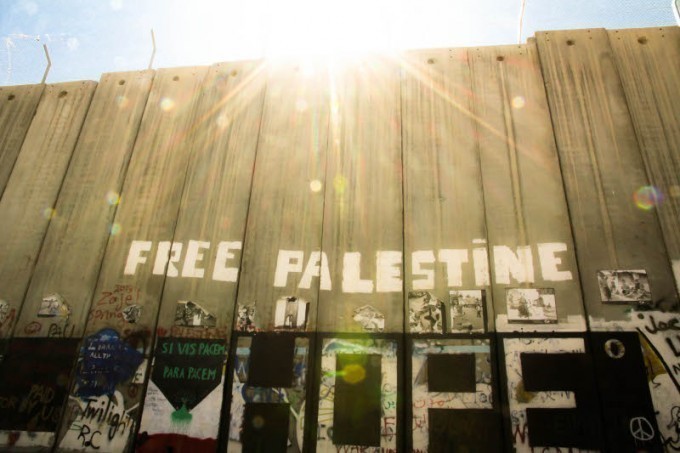
Unfortunately, it was paradise. It baffles me that a nation of such beauty is the source of such conflict and strife. It is a paradise that bleeds milk and honey. A paradise founded on thousands of years of history that has seen the rise and fall of empires, temples and nations. A paradise built on the tears and bloodshed of the worlds that collide in this small strip of land.
Perhaps the other side of the story of Israel was much too gruesome to tell to a child of eight years. Perhaps the other side was insignificant in the eyes of Jewish educators who shape the opinions of diaspora Jewish youth worldwide. This is the most significant mistake in the propagation of modern Zionism: the lack of recognition towards the Palestinian struggle.
Thus, as a Jew, but moreover as a human being, I felt it was necessary to complete my image of the paradise of Israel. I had to visit the land West of the wall, the land of Palestine. This is an expression of my thoughts and experiences regarding one of the most drawn out conflicts of history. This is not a condemnation of the land of Israel, but rather a reflection on the societies that collide in a land of political and emotional tension.
For many close to me, this may seem like an abandoning of my own people. Hopefully, the reader will understand that ignorance fosters extremism. This in turn fosters profound conflict that cannot be solved through further blinding ourselves from the truth.
In hearing the muffled voices of those who struggle for the Palestinian cause, I aim to further enlighten myself on the nature of this extremely complex conflict. I suppose I am filling in the blanks in my image of Israel that past educators have conveniently left out.
In this series, I will delve into the contemporary dilemma that has radically polarized our global community, which has added to the tension of Middle Eastern relations with the West. I will attempt to breach the gap between politics and human life, considering the story from a ground roots perspective. Through my personal, though short-lived experience in the West Bank and through interviews with Palestinians, I will attempt to compile a more detailed picture of where the walled nation of Palestine stands today.
My journey began in the city of Gold, a place once considered the center of the universe: Jerusalem.
Collisions of Jerusalem
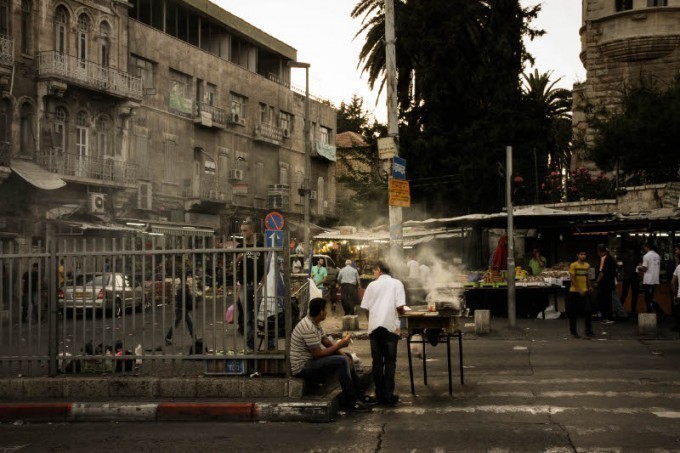
The name Jerusalem of Gold almost immediately points to the image of the Old City with a golden dome peaking out from the stone buildings that surround it. The Dome of the Rock is thought to be the place where the prophet Muhammad ascended to heaven with Gabriel. This Islamic holy sight sits directly atop Temple Mount, the place where it is believed that the ancient Jewish Temple sat before its destruction by the Romans in 70CE. Right next to this site in the Old City is the Church of the Holy Sepulcher, the place where Jesus Christ is believed to have been crucified. These are some of many holy sights of the three major Western religions that intersect at this one spot.
During the middle ages, Jerusalem was often depicted as the center of the world on historical maps. Today, it is a place of collisions: a place where three major religions collide and are forced to coexist. Naturally, conflict and tension can be felt in the very fabric of this city.
Pictured above is East Jerusalem near Damascus Gate, an entrance to the Arab quarter of the Old City. East Jerusalem was the first stop in my one-week journey to the Israel that I had never seen. Though this was my third time visiting my people’s homeland, I had never truly felt the presence of the people who lost theirs.
This part of Jerusalem feels nothing like West Jerusalem that is primarily inhabited by Jews. The Palestinian-inhabited East of this city embodies the quintessential chaotic Middle Eastern feel that the West falls short of. The tension in the air is one that I have never experienced before. A white Jew with his mother walking through the streets of East Jerusalem is a rare occurrence.
This city is perhaps one of the most complex disputes of the Israeli-Palestinian conflict. The answer to the possession of Jerusalem question is nowhere near apparent. Although, it is now very real to me that East Jerusalem is not the Jerusalem that I had seen in my textbooks growing up.
The variety of life in the Old City is fascinating. Walking from the Christian to the Jewish to the Muslim quarters of historic Jerusalem is surreal. It embodies the significance of this city and nation to the Semitic religions. How can one group of people claim this place as their own? Have we really come to the point that we must proclaim one holy site as more significant than another?
The holiness of Jerusalem is transcendent and cannot be attributed to any one religious holy site. Rather, the holiness is the whole. It lies the diverse multitude of sites, smells and sounds that dwell in this spiritual collision zone.
The mosaic of Jerusalem is one that is comprised of many different peoples and one whose solution is obscured by the pressure and tension that lingers in its very fabric.
Next, I will cross over into the unknown and experience a perspective-altering glance into Palestinian society. As the sun sets over East Jerusalem and the Islamic call to prayer begins to sound, I wonder where tomorrow will take me. Where will I stand morally, politically and spiritually? It seems that a new collision is taking place in my mind as prepare to go beyond the cave wall.
Images of Jerusalem
West Jerusalem
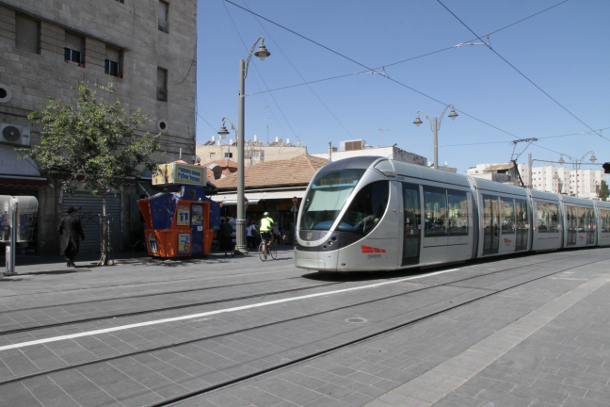
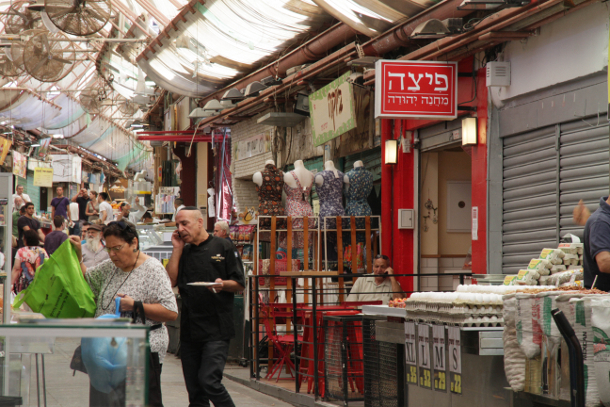
Arab Market
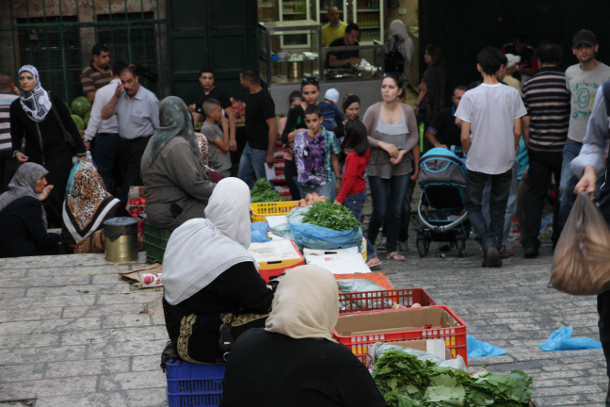
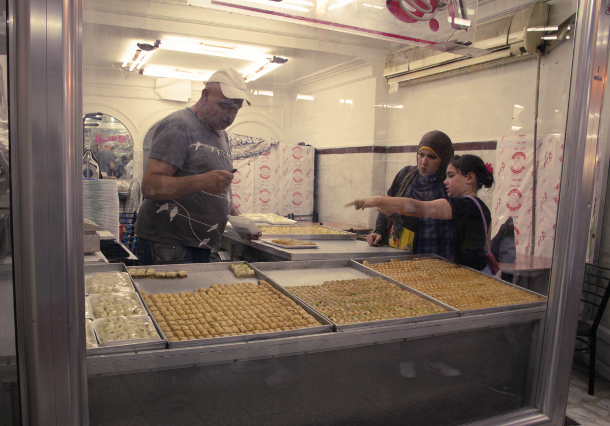

Comments
Nelanthi Hewa
November 2, 2013I love how you managed to strike a balance between being personal and being even-handed. Your blend of personal anecdotes with the objective facts of the conflict added a great new layer to this issue, and I especially like how you focused on the people rather than take a big, macrocosmic look at Israel. Finally, your point that Jerusalem is a city that is holy to so many different groups and not just one tied together your article really nicely.
Allison
November 5, 2013I really enjoyed reading this article. I liked the contrast between the first two paragraphs and the rest of the piece. I enjoyed the balance between your personal experiences and the facts that you used. I think it helped to bring your message across properly, and ensured that the reader would not see you as biased. Your focus on the variety of people who find Jerusalem to be a holy place tied the article together very nicely.
Annie
November 11, 2013It was really fascinating to read what you wrote! Being a young Jewish girl, who was continuously told the same stories throughout my youth, I really feel like I can relate. I really appreciate the fact that you are open minded to other nations, and although you are a Jew, you look at this situation “as a human being”. The facts and points you made throughout your article were really meaningful. Lastly, the fact that you stated the the holiness of Jerusalem is transcendent, and therefore cannot be attributed to only one religious site is beyond true. When you stated, “The holiness is the whole”, really tied up your article beautifully.
Mark Benhaim
November 23, 2013I really enjoyed reading your article! It reminded me of the same stories that I was told as a young Jewish boy. I’ve also been to Israel many times and I feel like I could relate to your point of view on Jerusalem. As a kid I was also told only great things about it. I wouldn’t understand why nobody spoke about all the collisions that were taking place as well. I really like the fact that you are meaningful and open-minded to other nations even though you are a Jew. Although you are a Jew, your insight of the situation is described, just like any other human being approaching the situation.
You have to be registered and logged in in order to post comments!